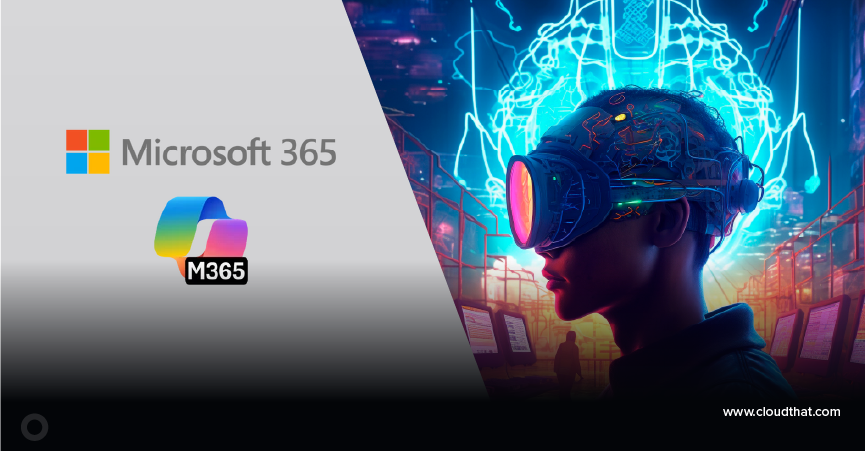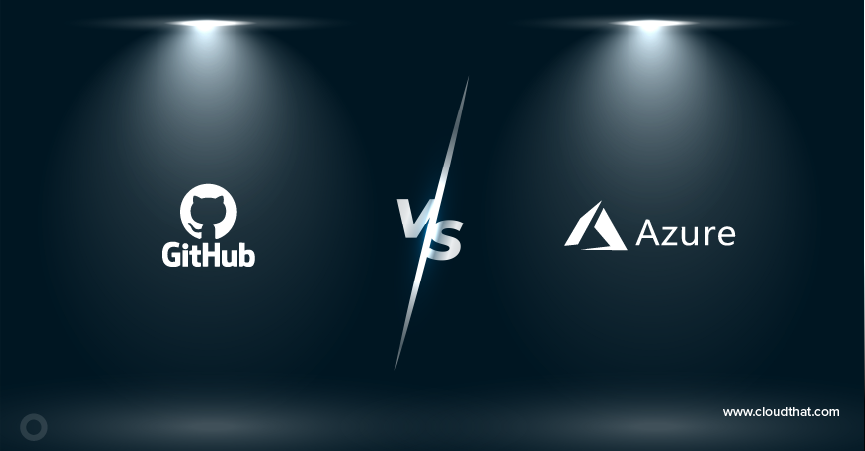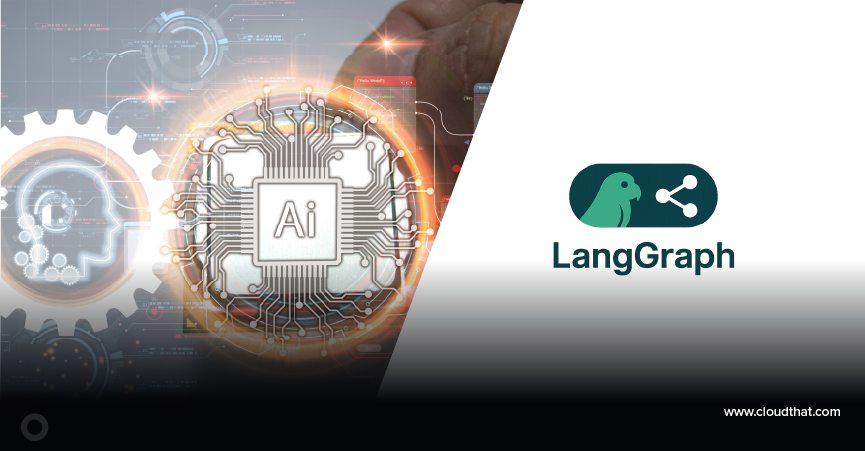|
Voiced by Amazon Polly |
Overview
In today’s digital landscape, customer self-service experiences have become essential for businesses aiming to handle large contact volumes efficiently while delivering exceptional customer service. Traditional chatbot development often requires developers to meticulously account for every conversation aspect, from customer intents to response flows, resulting in development cycles that span weeks or months.
Amazon Web Services (AWS) has innovated in this space by combining the power of Amazon Lex and Amazon Bedrock to create GenAI-powered conversational chatbots that can transform how businesses interact with their customers. These solutions allow companies to rapidly deploy intelligent chatbots that can understand natural language, search through knowledge bases, and provide relevant information without extensive manual programming.
Pioneers in Cloud Consulting & Migration Services
- Reduced infrastructural costs
- Accelerated application deployment
Introduction
This blog post details building a GenAI-powered chatbot integrated with Amazon Bedrock knowledge bases using Amazon Lex. The solution addresses three key business areas:
- Enhanced Customer Experiences: Reinventing how customers interact with your company
- Employee Productivity: Boosting creativity and efficiency through GenAI tools
- Optimized Backend Processes: Increasing operational efficiency while reducing costs
The integration combines Amazon Lex’s conversational interface capabilities with Amazon Bedrock’s knowledge base functionality, enabling:
- Descriptive Bot Builder: Create bots using natural language descriptions
- Assisted Slot Resolution: Enable more natural, human-like conversations
- Q&A Intent Integration: Connect your chatbot to your knowledge bases for answering customer questions
Step-by-Step Procedure
- Creating a Bot with Descriptive Bot Builder
- Navigate to Amazon Lex in the AWS Console
- Click “Create bot”
- Select “Descriptive bot builder” as the method
- Provide a name for your bot (e.g., “InsuranceBot”)
- Configure permissions:
- Create a new AWS IAM role or use an existing one
- Select COPPA compliance options
- Define idle timeout settings
- Write a natural language description of your bot’s purpose and actions
- Select the AI model (e.g., Anthropic Claude version 2)
- Click “Create” and wait 2-3 minutes for generation
- Review the generated intents, utterances, and slot types
- Confirm the generated resources
- Click “Build” to compile your bot
- Implementing Assisted Slot Resolution
- Navigate to the intent you want to enhance (e.g., “CancelPolicy”)
- Select the slot you want to improve (e.g., “PolicyID”)
- Open “Advanced options”
- Enable “Assisted slot resolution”
- Select the AI model (e.g., Anthropic Claude version 2)
- Save your changes
- Repeat for other slots requiring natural language understanding
- Build the bot again to implement changes
- Creating and Integrating a Knowledge Base
- Navigate to Amazon Bedrock in the AWS Console
- Select “Knowledge bases”
- Click “Create knowledge base”
- Configure your knowledge base:
- Provide a name (e.g., “BestPracticesDocuments”)
- Select or create a new service role
- Choose an Amazon S3 bucket containing your documents
- Select embedding type (Amazon Titan or Cohere)
- Choose a vector database (Amazon OpenSearch Serverless, Aurora, Pinecone, or Redis Enterprise Cloud)
- Create the knowledge base
- Sync data from your Amazon S3 bucket (takes 3-5 minutes)
- Adding Q&A Intent to Your Bot
- Return to Amazon Lex
- Select your bot
- Navigate to “Intents” and click “Add intent”
- Select “Q&A intent with GenAI feature”
- Configure the Q&A intent:
- Provide an intent name (e.g., “QnAIntent”)
- Select the AI model (e.g., Anthropic Claude version 2)
- Choose “Knowledge base for Amazon Bedrock” as the data source
- Provide your knowledge base ID
- Configure fulfilment options
- Save the intent
- Build the bot to implement changes
Advanced Features and Best Practices
Retrieval Augmented Generation (RAG)
Amazon Bedrock knowledge bases utilize RAG to equip foundation models with up-to-date proprietary information. This technique:
- Fetches data from company sources
- Enriches prompts with relevant context
- Delivers more accurate responses
- Minimizes hallucinations through source citations
Vector Databases
When creating knowledge bases, you have several vector database options:
- Amazon OpenSearch Serverless: Default option for high-performance vector search
- Aurora: Integration with AWS’s relational database
- Pinecone: Third-party specialized vector database
- Redis Enterprise Cloud: For in-memory vector search capabilities
Use Cases and Applications
Your GenAI chatbot can be deployed across various channels:
- Web and Mobile Interfaces: Embed Amazon Lex bots directly on websites or mobile apps
- Contact Centers: Integrate with Amazon Connect for voice-based customer service
- Enterprise Applications: Connect to internal systems for employee assistance
Conclusion
The solutions demonstrated in this blog post illustrate how AWS makes AI-powered conversational interfaces accessible to businesses of all sizes. Following the step-by-step procedures outlined, you can quickly deploy intelligent chatbots that enhance customer experiences, boost employee productivity, and optimize backend processes.
Drop a query if you have any questions regarding Amazon Lex or Amazon Bedrock and we will get back to you quickly.
Empowering organizations to become ‘data driven’ enterprises with our Cloud experts.
- Reduced infrastructure costs
- Timely data-driven decisions
About CloudThat
CloudThat is an award-winning company and the first in India to offer cloud training and consulting services worldwide. As a Microsoft Solutions Partner, AWS Advanced Tier Training Partner, and Google Cloud Platform Partner, CloudThat has empowered over 850,000 professionals through 600+ cloud certifications winning global recognition for its training excellence including 20 MCT Trainers in Microsoft’s Global Top 100 and an impressive 12 awards in the last 8 years. CloudThat specializes in Cloud Migration, Data Platforms, DevOps, IoT, and cutting-edge technologies like Gen AI & AI/ML. It has delivered over 500 consulting projects for 250+ organizations in 30+ countries as it continues to empower professionals and enterprises to thrive in the digital-first world.
FAQs
1. What is a Knowledge Base for Amazon Bedrock?
ANS: – Knowledge bases for Amazon Bedrock are a fully managed Retrieval Augmented Generation (RAG) capability that allows you to customize foundation model responses with contextual and relevant company data.
2. How do I monitor and improve my chatbot over time?
ANS: – Amazon Lex provides analytics to track conversation flows, successful intents, and missed utterances. You can use this information to continuously refine your bot’s understanding and responses.

WRITTEN BY Shantanu Singh
Shantanu Singh is a Research Associate at CloudThat with expertise in Data Analytics and Generative AI applications. Driven by a passion for technology, he has chosen data science as his career path and is committed to continuous learning. Shantanu enjoys exploring emerging technologies to enhance both his technical knowledge and interpersonal skills. His dedication to work, eagerness to embrace new advancements, and love for innovation make him a valuable asset to any team.


 Login
Login


 May 15, 2025
May 15, 2025 PREV
PREV










Comments